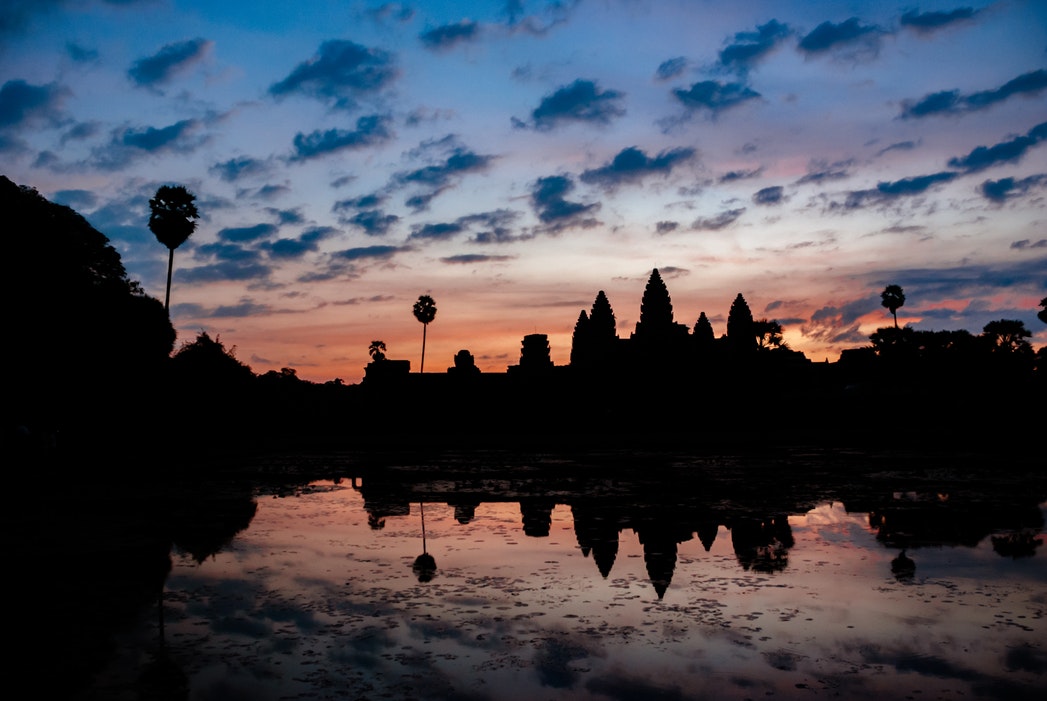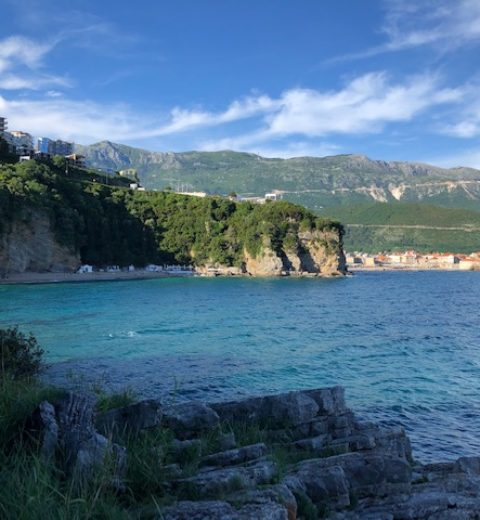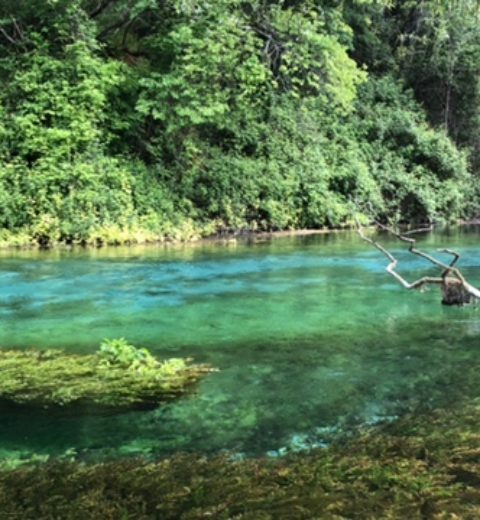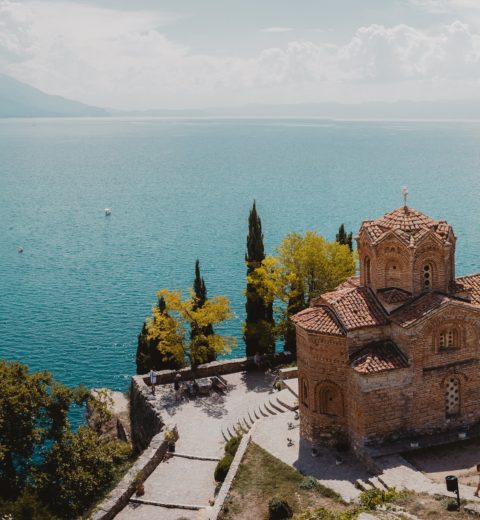Angkor Wat | A Guide to Cambodia’s Most Treasured Temples
There are few ancient wonders that loom larger in the minds of adventurers than Angkor Wat. With it’s complex 12th century architecture and intricate, minute details, the Angkor temples and their surrounding complexes are places you can easily explore for weeks without seeing all that they have to offer. With so much to explore, this Cambodian treasure is sure to unleash your inner Indiana Jones.

What to Know
Attracting around two million tourists a year, Angkor Wat is a much larger and safer destination than it used to be, with direct flights available to nearby Siem Reap. As to be expected from one of the top places to visit in Cambodia, all sorts of visitors are welcome here, be they families, backpackers, or tourists. Be sure to follow all safety warnings and keep your party together – the occasional landmine can still be found in the jungles surrounding the complex.
Speaking of jungles, Siem Reap and Angkor itself are hot and humid most of the year, with some cooler days coming during the dry season that runs November thru March. While the best time to visit Cambodia is undoubtedly the dry season, this is also the most crowded time to go, with large crowds swarming the various complexes. If you don’t mind the humidity, going during the rainy season is a great option for those looking to beat the crowds. Regardless of the weather, make sure to get all mandatory vaccinations before heading to this subtropical region.
Once you arrive, you’ll find plenty of local business and tour options. Hawkers and guides can be found in town and at the complex and generally sell their wares for incredibly cheap prices. It can be worth hiring a guide, as many speak English well and will drive you between the sites as part of their services. Guides may even have some extra information about the site that you won’t find in any guidebook! While most guides have your best interests at heart, keep an eye out for any potential scams. If something doesn’t feel right, please let your hotel know so that they can alert the local authorities.

What to Do
Between Angkor Wat itself, which is broken into several different complexes, and other Cambodian temples nearby, you’ll find plenty of attractions here that are well worth your time. It’s little wonder that such attractions often top the many lists of things to do in Cambodia. The main Angkor Wat complex is the most famous of these temples, and easily justifies the price of admission ($37 for a single day, $62 for three). An outer wall and moat loom before you reach the main temple, where you’ll find restored and unrestored elements awaiting, as well as beautiful statues and looming towers meant to please the deities – note that the middle (and tallest) tower represents Mount Meru, the home of the Hindu gods. It takes a good amount of time to soak in the details and walk the entire complex, so schedule a decent chunk of time for your visit. It may be best to visit several times over the course of a few days.
Elsewhere, Ta Prohm is a highlight for its overgrown walls, giving the structures a classic mystique. Bayon, in the nearby Angkor Thom complex, features giant carved faces and layers upon layers of temple to explore. Both are highlights, as is Phnom Bakheng, with its unique architecture. While we don’t have time to list them all, there are dozens more temples to explore in the area, all with interesting architecture and stories behind them. If temples begin to wear on you, consider a day trip to Tonle Sap, an absolutely massive lake with full towns made up of boats to explore. Passage and tours are generally available to book in Siem Reap or at your hotel. If you choose to visit, be sure to buy some fruit from the locals! The floating villages provide a unique window into modern Cambodian culture, and as such are definitely worth a visit.

Food and Lodging
While Angkor Wat is understandably the star of the show, there are plenty of other things to do in Siem Reap, starting at your hotel and its surrounding restaurants. As Siem Reap’s main source of income is tourism, the hotels throughout the city range from luxury digs to local home stays, depending on your preference. Many of the luxury end hotels are still quite affordable, with even family suites going for US$55 a night at the Pavillon Indochine Hotel. These resorts often include pools and spas, among other amenities, which provide some great ways to relax in between adventures. In contrast, homenstays can complete your Cambodian experience by giving you a taste of local life. Which option you choose will depend entirely on the type of experience you wish to have.
Restaurants in Siem Reap also quite affordable, though the option to splurge is present. Cambodian cuisine is omnipresent and often mixed with French options; other Asian influences can be found scattered throughout town as well. Khmer cuisine, endemic to the region, is a particular highlight, and includes everything from grilled meats and curries to seafood and fried rice. Vegetarian options are widely available.
Header photo by JJ Ying on Unsplash







